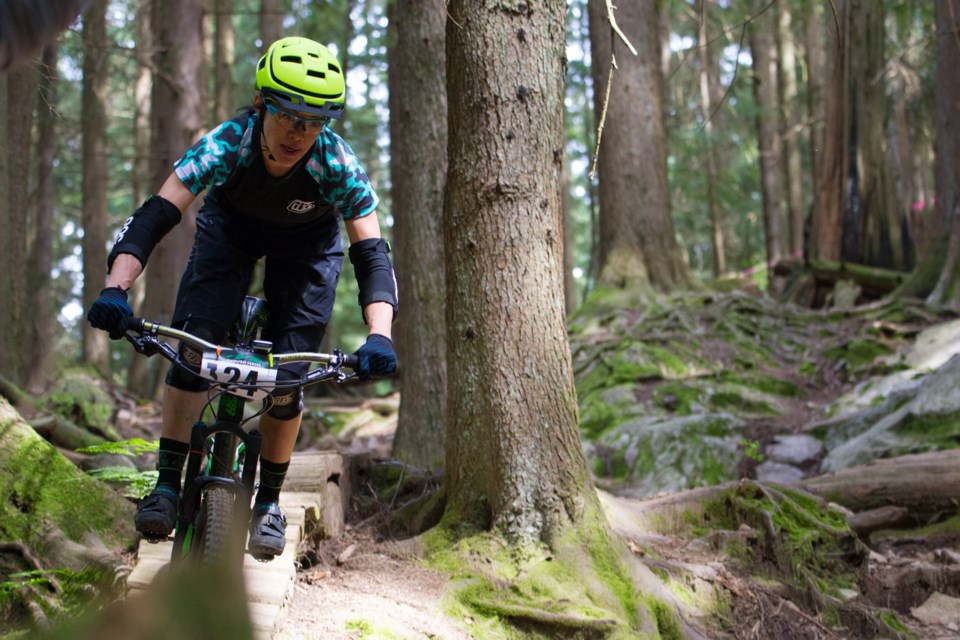I’ve never really felt the need to participate in Dry January, Sober October or any other sober form of virtue signalling. I applaud those who cut back their alcohol intake, of course, but I’ve always found consumption in moderation year-round is a healthier approach than a month off the booze bookended by partying and heavy drinking.
But this Dry January weather? Well that can piss right off.
There’s a couple of reasons I’m disappointed with how January showed up this year. One is the fact we had such a strong start, but instead of keeping the momentum going, this consistent high-pressure system has all but taken the wind out of the winter sails.
Two: WTF La Niña? I thought we were friends, but you’ve barely shown up for your scheduled visit. There’s still time to turn this around, baby. I believe in you. February will be our month. I know it.
Low-snow complaints aside, I try to be an optimist in such trying times. Sharpen your carving skis, blast the groomers and stay up on the mountain until the sun begins to set. As the Eastern skiers can attest, there’s still fun to be had when the runs are rock solid. But in conditions like these my gaze starts to wander to my mountain bike, which I’ve learned you should never have buried too deep in your gear storage over the winter.
The other thing that’s got me thinking about trails is the current controversies on Vancouver’s North Shore. Earlier this month, the North Shore Mountain Bike Association’s (NSMBA) executive director Deanne Cote penned an open letter all but condemning the actions of rogue trail builders. These are the diggers that proceed to build unsanctioned trails without any permission from land-management bodies, in this case Metro Vancouver.
The proliferation of rogue trails—which spiked during the pandemic alongside mountain biking’s popularity—is once again drawing ire from other user groups on the North Shore. Back in November, someone went as far as booby-trapping Corkscrew, a busy and authorized mountain bike trail on Mount Seymour, with piles of debris including nasty-looking rusted nails sticking out of wood.
Cote, who represents the NSMBA, noted despite it happening in the past, the old way of building unsanctioned trails and later trying to retroactively sanction them is not sustainable—not on the busy North Shore, anyway. Building unsanctioned trails puts the whole community back a few steps as it pertains to land-management relationships and advocacy efforts. Metro Vancouver has resorted to decommissioning trails like New Normal, which despite rising in popularity with advanced and expert riders and getting some maintenance, was not built with permission. I’ll note here that I haven’t ridden New Normal and can’t speak to the quality and consistency of the maintenance being done.
I feel for the core riders on the North Shore. Those who’ve grown up with challenging trail systems built by expert builders but are now frustrated with a system of busier, less challenging sanctioned trails. Squamish and Whistler trail networks have only expanded and—with a few exceptions—have only gotten better in the last 20 years, with unsanctioned building playing a significant part.
Cam McRae from MTB website NSMB.com (no relation to NSMBA) did a great round-up of opinions from core North Shore riders including bike shop owners, trail builders and former NSMBA leaders and board members on the state of the challenges North Shore riders are facing. Many were quick to defend the hard-working staff of the NSMBA, but were less happy with the organization’s messaging lately.
Almost all were critical of Metro Vancouver’s approach to trail management. Rather than spending taxpayer dollars chainsawing through bridgework or throwing logs over the trail to effectively shut it down, effort should be made to overcome the bureaucracy of legitimate trail building, they said. Unfortunately, not enough mountain bikers seem to have the patience for that, hence all the rogue trail building in a trail system that’s obviously not meeting the needs of the mountain bike community.
Where Cote erred in her interview with CBC was suggesting enforcement against rogue trail building could be a potential solution to curbing the practice. The NSMBA membership was not impressed, saying unsanctioned trail building is what built the network in the first place, and that the “more stick, less carrot” approach will only lead to a network of bland trails without any steep or technical features, which is what defines North Shore riding in the first place.
When the original North Shore trails were built back in the ’80s and ’90s, it was the Wild West, likely with a few hundred riders at most on any given day. Now, there’s a massive riding population within a stone’s throw of all those trails, dozens of competing user groups and a slew of inefficient land management bureaucracies. It’s no wonder they’re experiencing all these issues. Calling for the heads of the NSMBA’s leadership is not the answer, but those leaders need to remember they are beholden to the riding community.
While not perfect, our own trails in the Sea to Sky don’t seem to have the same level of land-management complexity that the North Shore trails do, something I’m thankful for. But there will come a time when our own community will have to wrestle with the same issues. Both Squamish and Whistler have had their battles in the past to preserve riding zones, so I’m sure we’ll be ready for it.
Vince Shuley is ready for winter to make a triumphant return. For questions, comments or suggestions for The Outsider, email [email protected] or Instagram @whis_vince.




